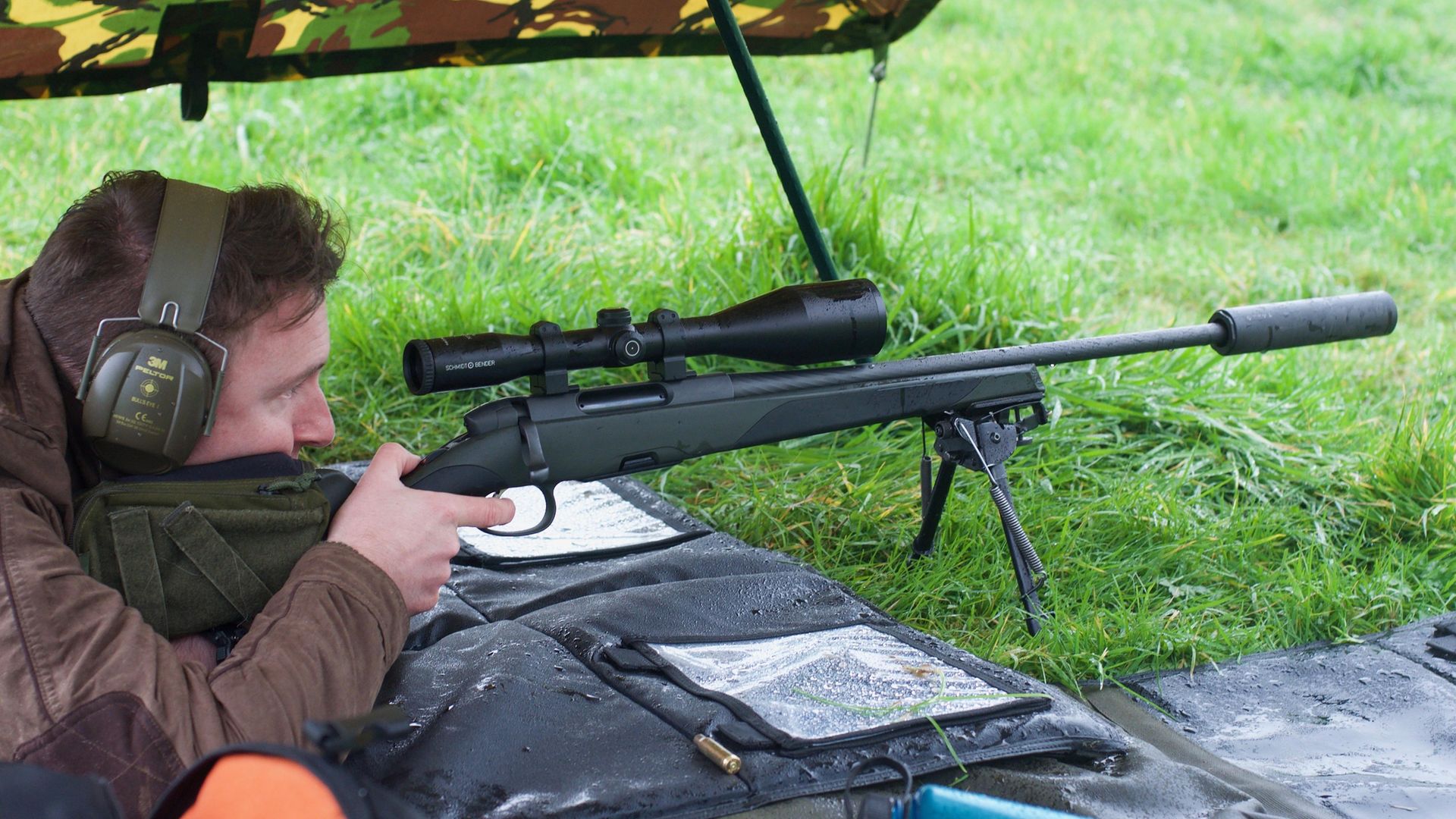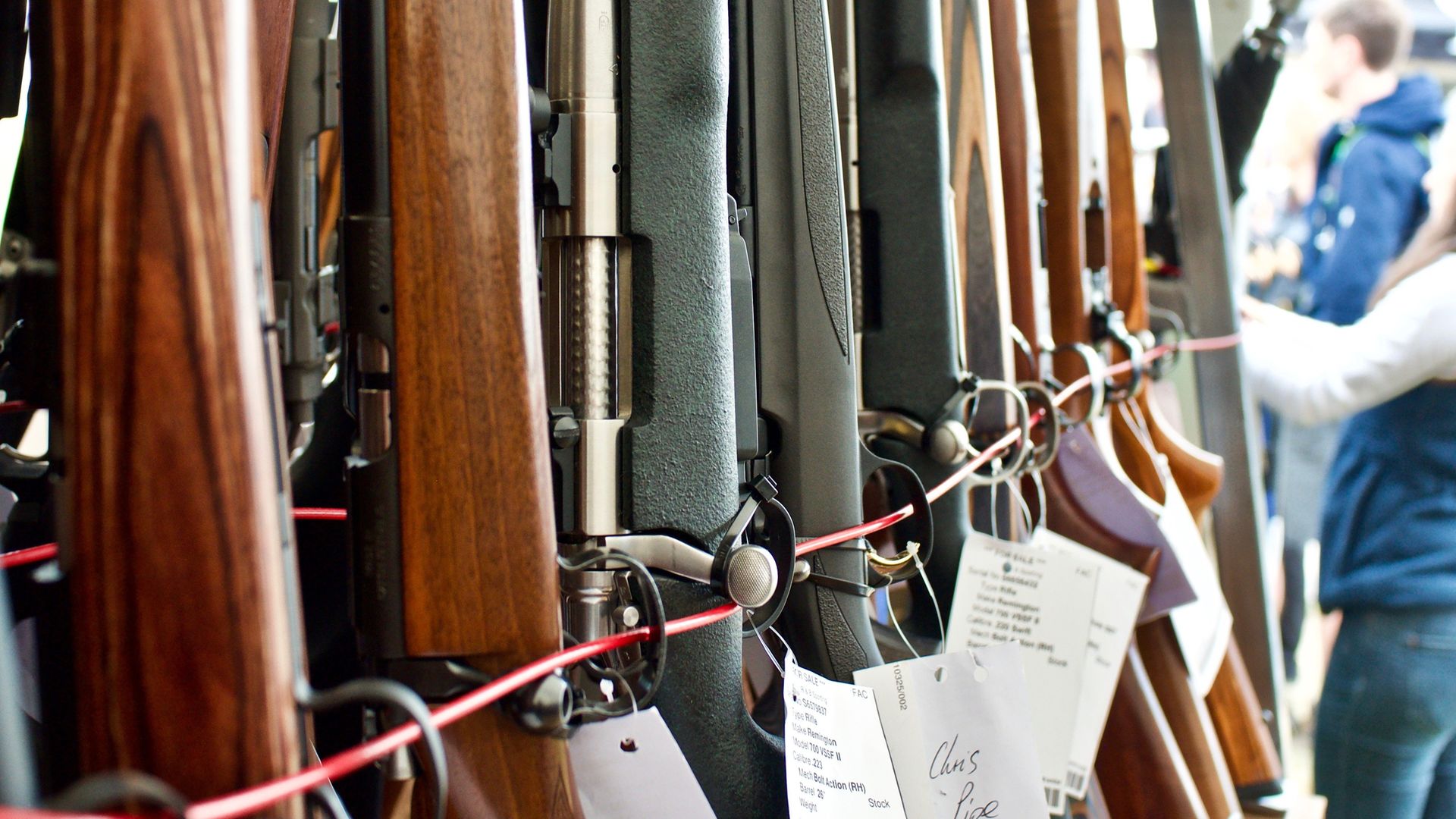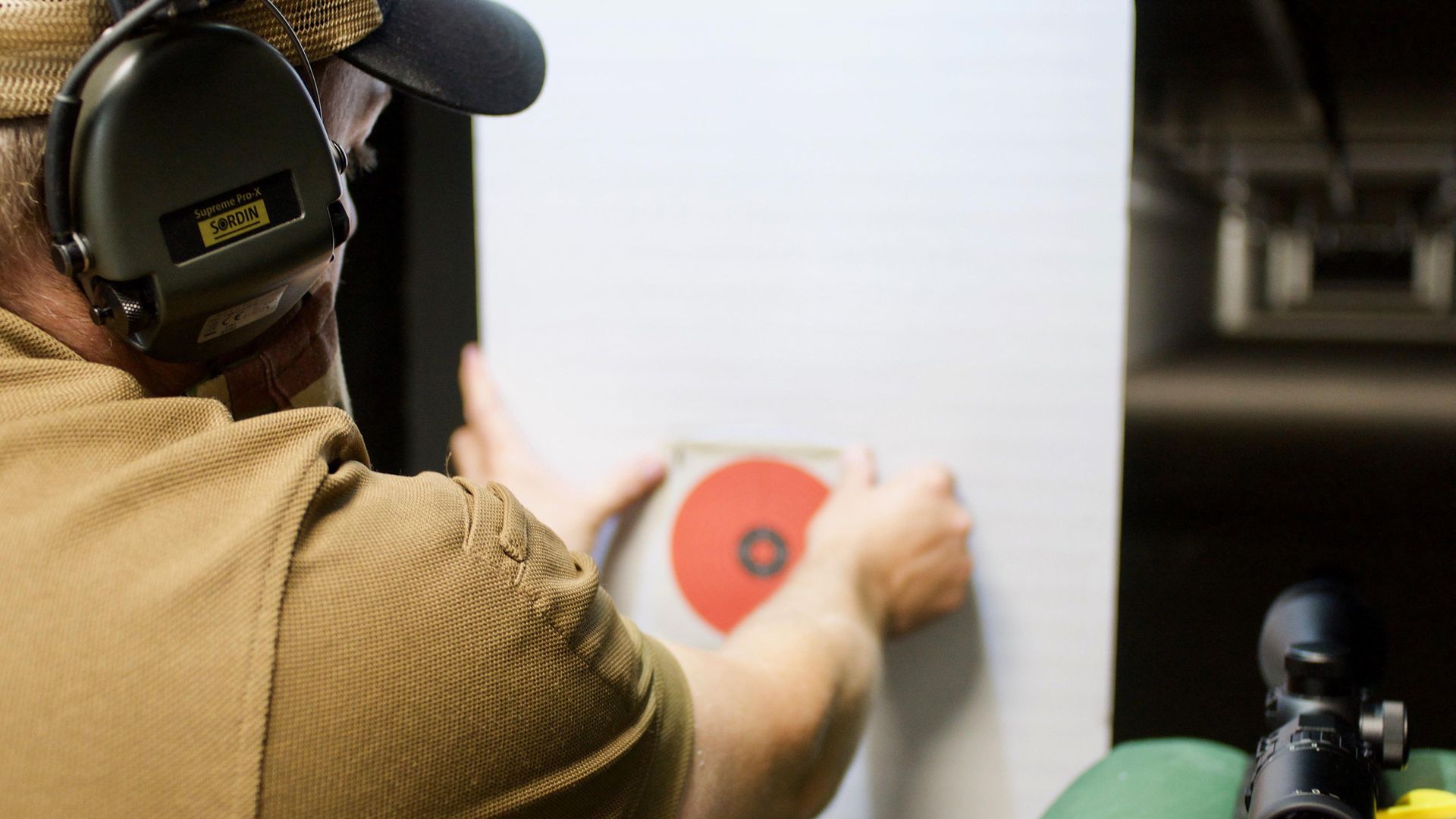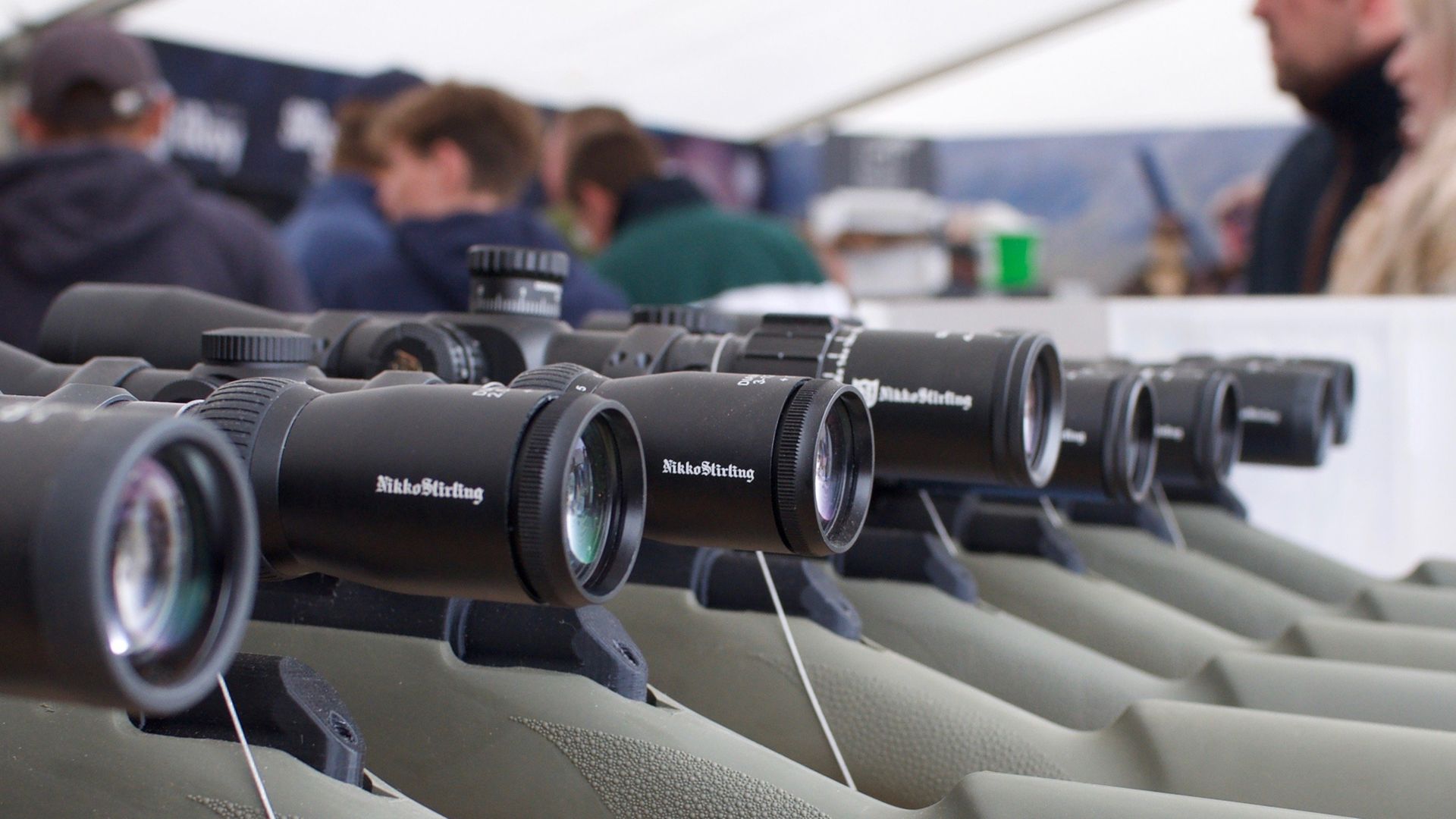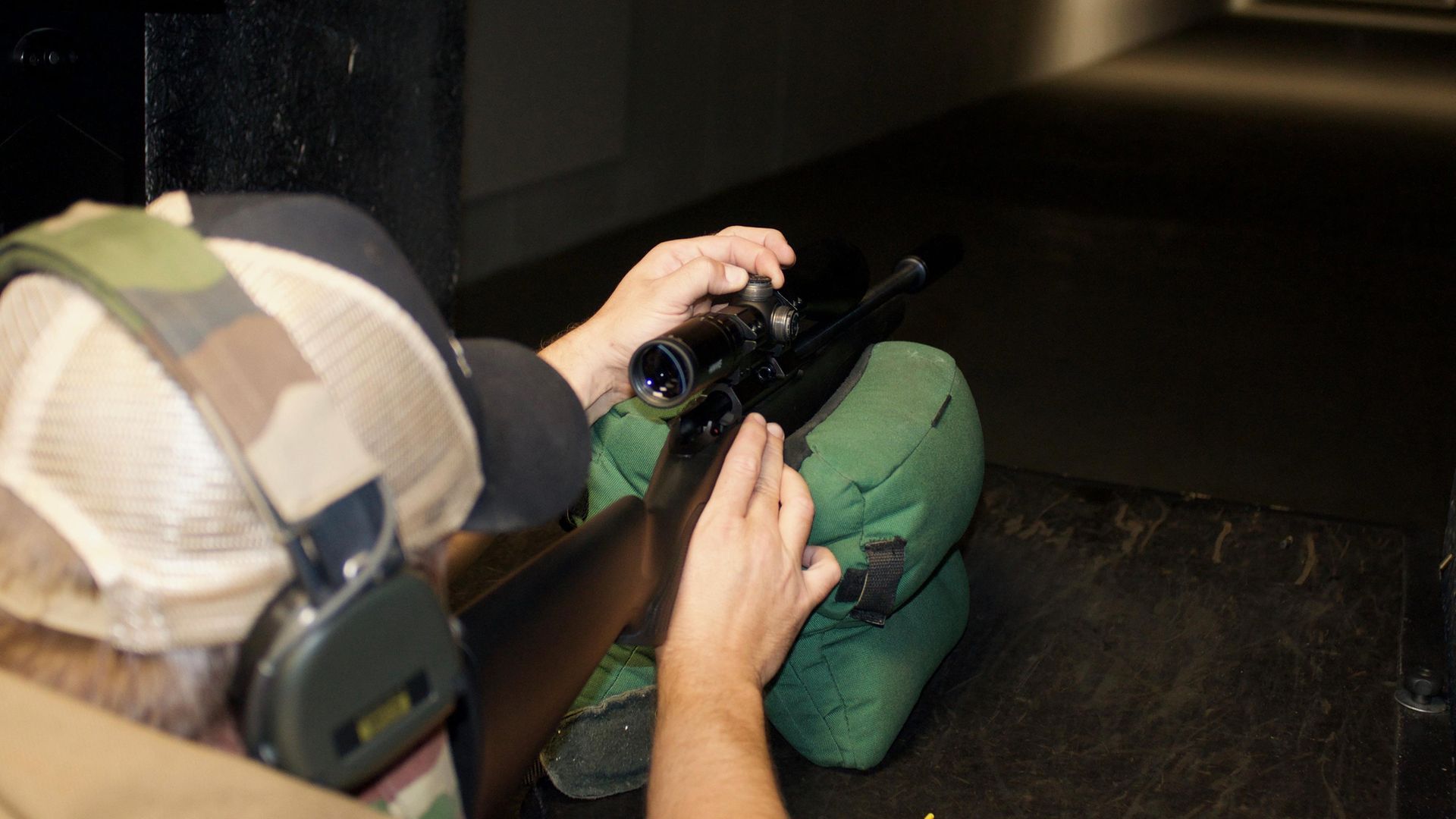Firearms licensing: what to expect when you apply
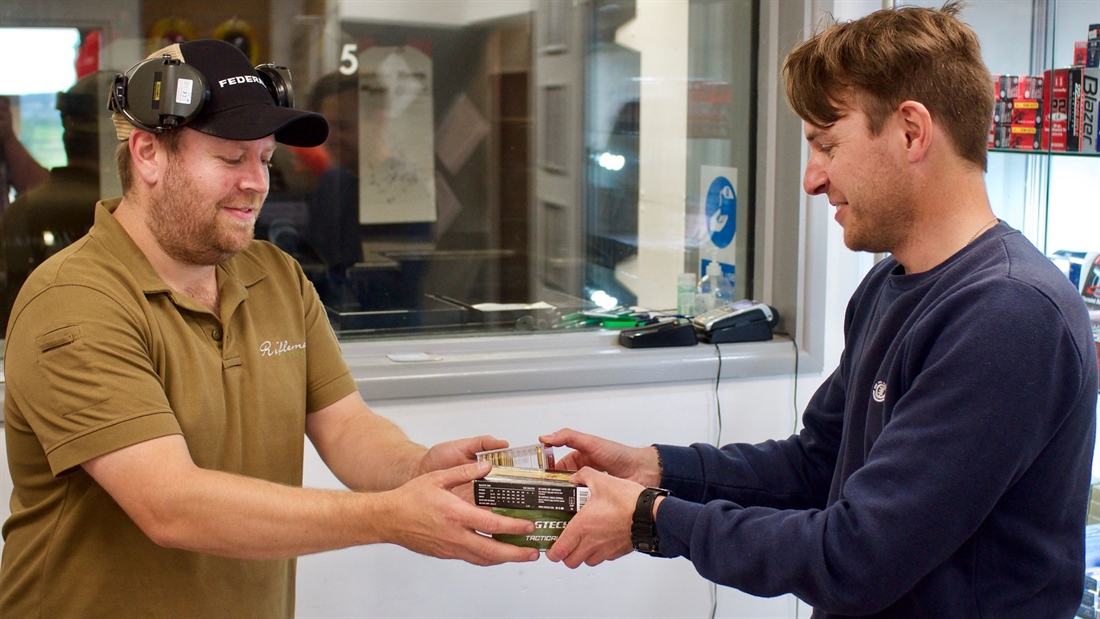
With a freshly printed FAC in hand, novice deer stalker Philip Siddell shares his experience of the firearms licensing process from the perspective of someone who has previously suffered from depression…
In his 1961 novel, Catch-22, Joseph Heller subjects his characters to an array of ever more infuriating and impossible bureaucratic predicaments. These binary quandaries trap their victims in increasingly absurd no-win situations – driving some to madness. On more than one occasion during the process of applying for my Firearms Certificate (FAC), passages from Catch-22 came to mind.
The regional variance in consistency of process, calibre and ammunition allowances, turnaround times and willingness to grant open certificates is astonishing. A friend received his ticket within eight weeks of application, open on first grant. Mine took six months and is likely to carry a closed condition for the next five years. Then there was the time I was told that as my land was outside the area covered by the issuing force, and not cleared, I might have to wait six to eight months for it to be cleared and that my application couldn’t progress until the ground had been inspected.
The prospective FAC applicant can quickly become mired in the bureaucracy of the process and could be forgiven for feeling disheartened. However, I tried to see each hurdle that arose as a challenge to be overcome. I want to share my experience, for what it’s worth, and hopefully offer some encouragement to those about to wade into the quagmire.
Let us first remember that Firearms Enquiry Officers (FEOs) are human beings and not mythical ogres invested solely in preventing you or me from possessing the firearms we so desire. The firearms teams work within the same bureaucracy that frustrates us and its idiosyncrasies must also get to them at times. Though there may be some examples of FEOs who don’t quite come up to the mark (nationally), my experience of Avon and Somerset Police was that, length of time taken aside, everyone I encountered in the department at all levels was polite, professional and keen to help me in my journey towards firearms ownership.
English law is a house with many extensions and alterations and while each new piece of legislation aims to neaten things up, gremlins inevitably appear as time goes on. Furthermore, each act needs to be interpreted both by the judiciary and the police service. If we sprinkle in a measure of chronic underfunding and overwork in firearms departments it’s easy to see how things can get messy. With this in mind, if you discover an individual in your local firearms department that you get along with, hold them dear and treat them well for they are gold dust.
So on to the application process itself. The application form (grandly titled Form 201) is helpfully broken into concise sections. Part A Personal Details is simple enough and if you can’t competently fill in your name and address, firearms are probably not for you. Part B Personal Health and Medical Declaration is the section that fills many, including myself, with fear and loathing.
As someone who has suffered from depression in the past and continues to battle with anxiety (at some level) on a daily basis, my mistaken belief that these conditions would automatically prohibit me from owning firearms has kept me airgun-only for the past 20 years. Remember, you commit an offence if you do not declare if you have suffered from one of the listed Relevant Medical Conditions (or any other condition that could affect your ability to safely handle firearms). My advice is to declare everything – but more on that later. You will also need to list your GP, who will be asked to verify your declaration.
Part C – Offences
Assuming you have not been convicted of an offence serious enough to prohibit you from firearms ownership altogether, then for most this will be a matter of speeding tickets and suchlike. If you have a pattern of minor infractions (a long history of speeding offences for example) then your FEO might want to talk about it in more depth.
Again, declare everything even if you’re not sure of exactly when it occurred and what the penalty was. For example, I declared a fixed penalty from a speed camera even though the points on my licence had expired. I could remember the year it occurred but not the day or month. Lying to the police in this section is the height of stupidity as they are the ones that hold the records.
Part D – Details of Firearms to be Acquired
Put down what you’d ideally like, both calibre and reason/use. Try not to overthink it as this is not set in stone and there is no formula that dictates what you can and can’t have; it’ll be down to your FEO to decide if what you’ve asked for is reasonable and suitable in your specific circumstances – so don’t ask for a .700 nitro express for roe deer.
Be prepared to be flexible as you might not get something on first grant that you will get a year down the line (as a variation) when the firearms team know you better. You will also need to provide ‘good reason’ for each firearm, whether it be for use on a specific hunting permission or for target shooting at a formal range. When asked for your intended/current security arrangements, give this some thought and remember to factor in the cost of a cabinet when you budget for your guns.
Parts F and G – Referees
You’ll need to provide the names and contact details of two people who are of ‘good character’ and who are prepared to confirm that you are also of ‘good character’ – they must have known you for at least two years. There are some conditions that exclude certain people, so read them carefully and choose wisely. Remember your referees represent the kind of company you keep and reflect on your character. They do not need to be the mayor of your town, but avoid asking anyone with criminal convictions or who might otherwise be known to the police for the wrong reasons. Friends or work colleagues who are well spoken and articulate are ideal.
The police interview
Once your application has been processed, an FEO will visit (or latterly during Covid lockdowns will telephone or video call you) to interview you, inspect your security arrangements and discuss any questions you might have. Don’t worry unduly ahead of time about the visit, just have a tidy up, get some tea and biscuits in and have any information you might need to hand. If you have been sufficiently thorough in your application there won’t be a great deal to talk about anyway. If you’ve had a change of heart on calibre choice and ammunition quantities or forgotten to ask for add-ons like moderators then this is the time to discuss it.
The interview feels a bit like your driving test, having someone make a judgement about you in a short time and at first meeting can feel a little unfair but it’s all part of the process and you can’t get your FAC without it. Just be polite and show you are committed to pursuing shooting sports for the long term and everything will be just fine.
In all honesty, I procrastinated for longer than I should have over applying for my FAC. However, it wasn’t necessarily a bad thing that I didn’t rush straight into the process as my application was all the better for the time spent mulling it all over. There are a few things I did along the way that proved to be worthwhile that I’d like to share for the benefit of others.
First, because I knew I’d have to declare a relevant medical condition I wrote a letter to my GP before I started the application process, informing him of my intentions, the safety training I’d undertaken, a little about why shooting is important to me and offering to discuss the matter with him if he had any concerns. I knew I wouldn’t get very far with the police if my GP wasn’t on board. While your GP isn’t asked to vouch for you in the process, they will be required to make known any concerns they have, so I felt it was better to find out and address any qualms beforehand.
When it came time to fill in Part B I was careful to declare everything – in my case a diagnosis of Asperger’s syndrome as well as past episodes of depression. I did this chronologically, but rather than just list the problems I also listed the solutions in the form of steps I had taken to seek help and treatment for my episodes of depression and prevent a further occurrence.
I gave evidence of the proactive approach I take to managing my mental health and well-being, which I’m sure carried considerably more weight than if I had tried to minimize the challenges I’d faced in the past. I am never particularly keen to divulge information about what have been some of the hardest moments of my life but I am happy to say that my medical history was treated with understanding and respect and certainly not used as a stick to beat me with by the FEOs.
It is incredibly difficult to judge competence and attitude towards safety in a given shooter at first glance. We all know characters who have been shooting their entire lives whose approach to safe handling leaves a lot to be desired. I tried to make this judgement easy for the firearms team by listing every time I’d sought out training and gave a concise but comprehensive history of my experience as a hunter (both small and big game). I was at pains to show that the firearms I wished to acquire were not new to me, and where possible that I had demonstrated competence to a recognised standard. A DSC1 certificate holds a lot more sway than telling an FEO that your mate Dave thinks you’re a really good shot.
Cover letters
The final addition I made to my application pack was to include a short covering letter. In it I explained how I saw acquiring my own centrefire and rimfire rifles as a natural progression in my field sports ‘career’ and the difference having an FAC would make in my ability to pursue my passion for deer stalking and small game hunting. I also touched briefly on the qualifications and experience I’d gained. It’s not necessary to go on at length if you choose to include a covering letter. Simply pen a couple of paragraphs that give a bit more information on who you are and why you’re a suitable candidate for an FAC; it will help to round out the picture they develop of you.
Firearms law and the administration of it in the UK certainly has its faults. There are oddities and idiosyncrasies to frustrate us, differences of opinion and practice between forces – and of course the odd Catch-22 situation. But the same could be said for any bureaucracy. The only thing we have control over is how we personally approach it. We can rail against the system, gnashing our teeth and potentially upsetting the very people who hold the power to grant us our wish. Or we can approach the process with a little patience and make it as easy as possible for the firearms teams to say “Yes” to our requests.




